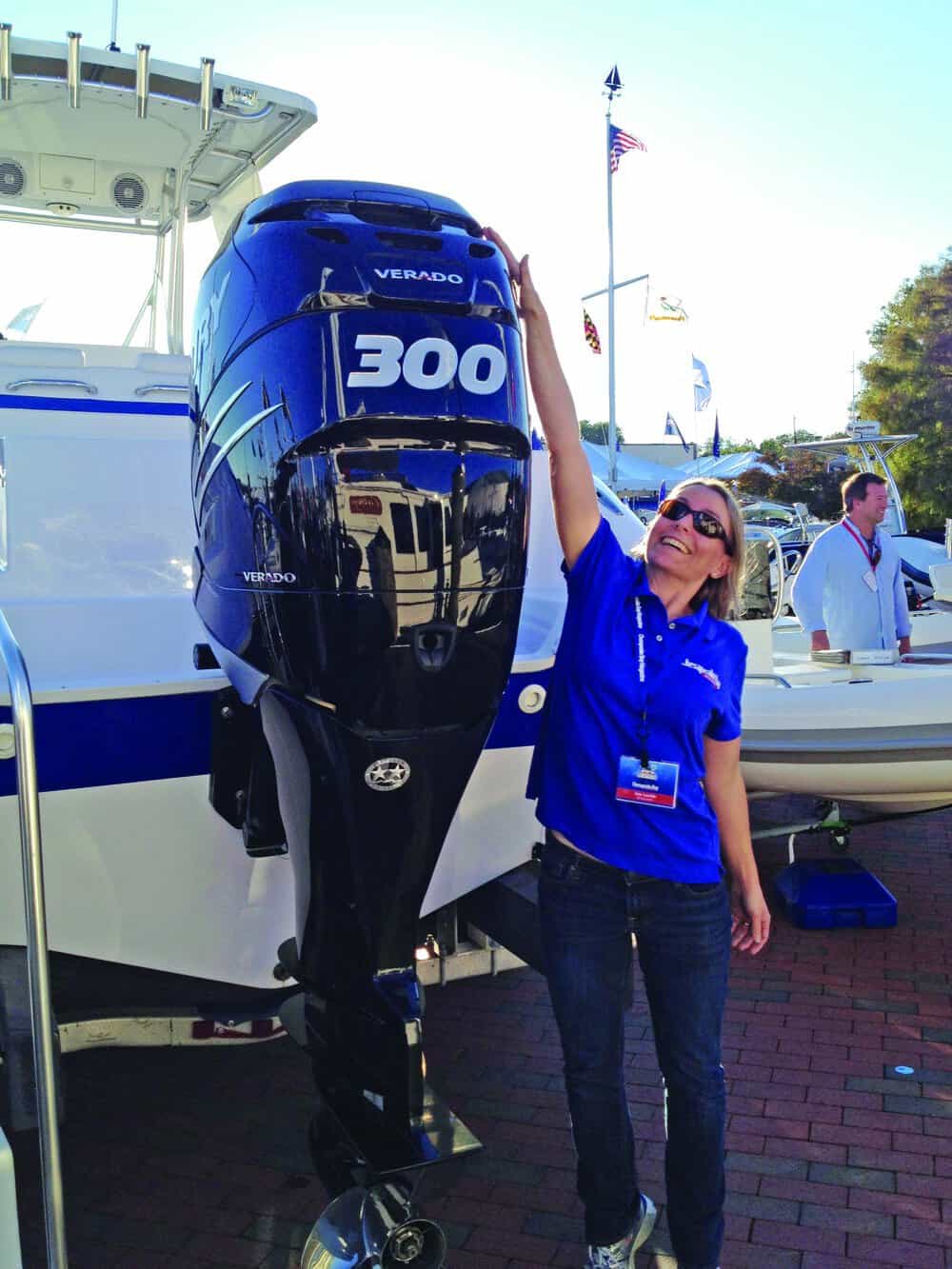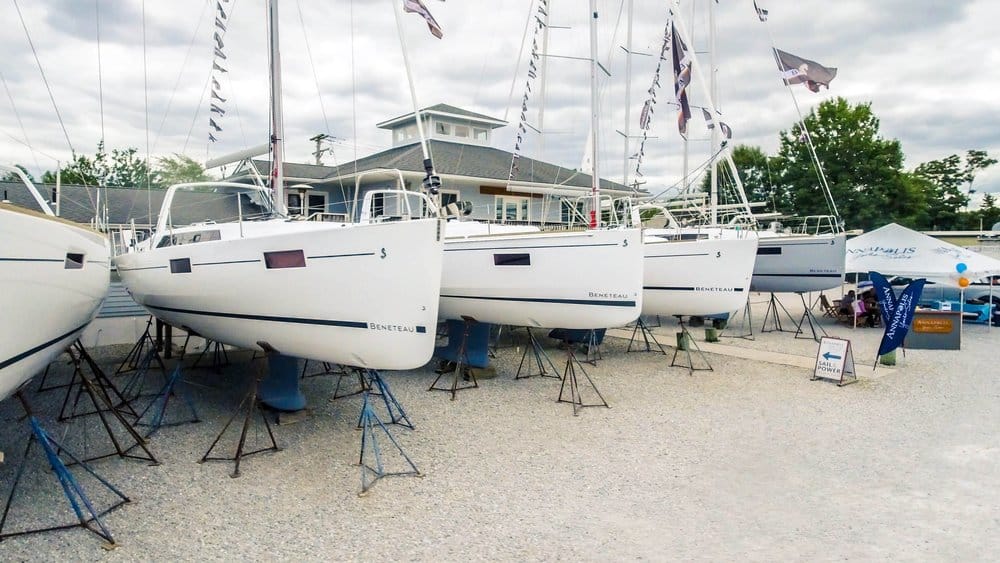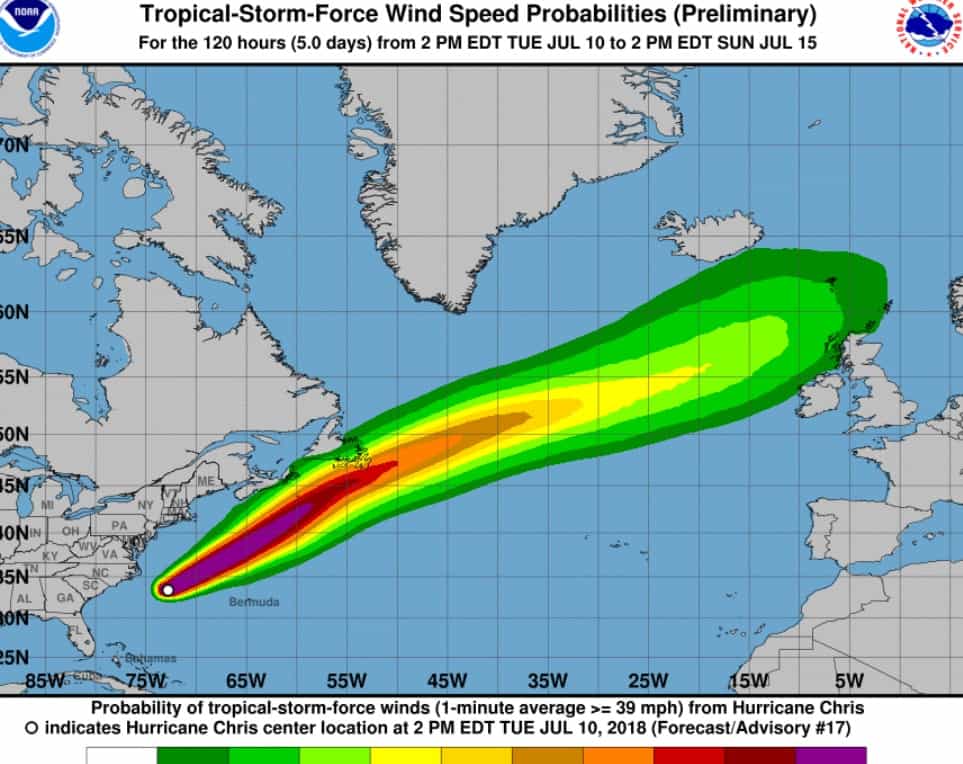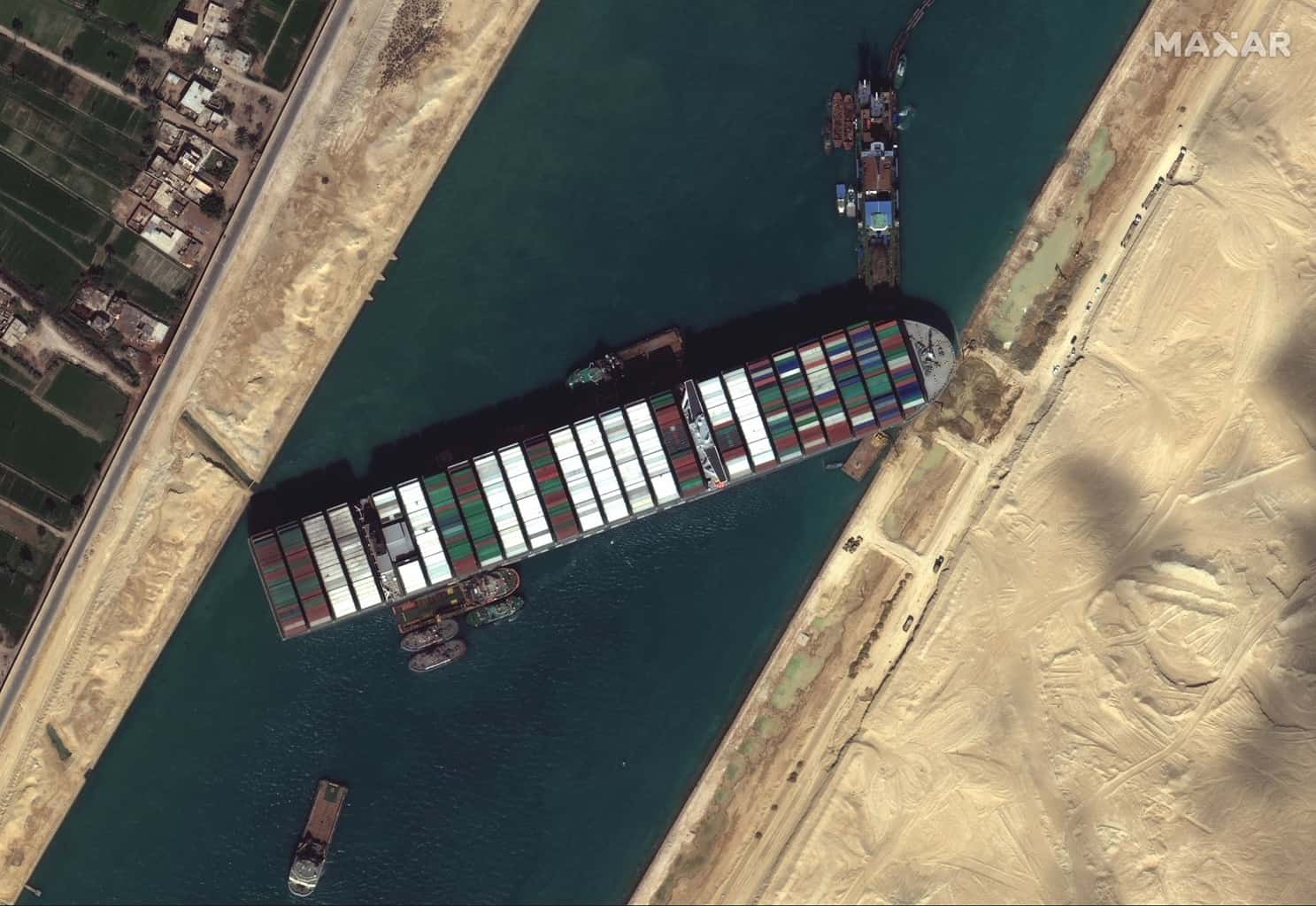by John Page Williams
Here are some of the arguments I hear all the time about why boaters choose to go power crazy on their boats:
- The largest engine(s) will let the hull perform up to its potential.
- It’s important to have enough power to accelerate quickly onto plane with the maximum number of passengers aboard, especially if the boat is pulling skis, wakeboards or tow toys.
- The bigger engine(s) won’t have to work as hard as smaller ones, saving fuel and reducing internal wear.
- When you trade in the boat, it won’t be worth as much or sell as quickly if the engine is smaller than the maximum.
Sound convincing? Sure, until you begin considering the broader context of running your boat on the Chesapeake and its big tributaries, and the specific ways that you will use your boat. The four points listed above actually do work well as arguments against under-powering your boat. From there, though, it’s not so simple.
What does “performing up to its full potential” really mean, especially on the Chesapeake? The Bay’s often windy, shallow water throws up steep, choppy waves that can turn almost any hull into a lurching buckboard if the skipper runs it too fast for the conditions. Most days, top speed becomes irrelevant. What counts in the real world is the boat’s range of efficient cruising speeds. That range depends not only on hull form and power but also on how well the boat is balanced fore-and-aft and side-to-side. The trick is to keep your boat riding as smoothly as possible regardless of what conditions arise. A smart skipper develops a “feel” for how a boat behaves best under different circumstances and learns when to “dial her in.”
When shopping for a new (or new-to-you) boat, ask for a sea trial, preferably on a windy day. As the boat accelerates, watch at what speed it rises onto plane and the wake begins to flatten out astern. Note the engine rpm and the speed. By all means, throttle up to wide-open if conditions permit and note both rpm and speed then as well. Then throttle back and watch how the boat behaves. The ideal performance profile for any given boat is “easy” cruise at 60–80 percent of full throttle rpms with the most common load of people and gear you’d expect to have on board. That’s the point at which the engine is running at its best. If you study the rpm/speed/fuel flow profiles in magazine sea trials and on manufacturers’ websites, you’ll note that nearly all boats reach peak efficiency at speeds of 17–26 knots (20–30 mph) in that 60–80 percent rpm range. (Here’s a purely subjective rule of thumb, though it’s based on a lot of time on the water: If the boat is 20 feet or less, look for a minimum planing speed of no more than 13 knots. For a 17- to 18-foot boat, 10–11 knots is even better.)
Getting reasonable acceleration (also known as the hole shot) is dependent not only on choosing enough power but mounting the best propeller for the ways you plan to use your boat. As a basic rule, make sure that engine(s) can turn to the top end of the manufacturer’s specified operating range (generally 6000–6300 rpm on most modern four-strokes; 5500–5800 rpm on direct-injection two-strokes). Your dealer or service technician can help you make a good propeller choice. It may be useful to go to a four-blade propeller instead of three and install trim tabs for extra lift and trim control. That gives you more tools for dialing in, especially in rough water. Incidentally, it is also possible for max-rated horsepower to supply too much acceleration. Some standard twin-engine combinations can actually cause passengers to lose their grips on grab handles and T-top rails.
If your boat/engine combination passes these tests, your engine is going to be happy, especially if you use the manufacturer’s oil in its crankcase or fuel. That oil can be more expensive, but it’s a tiny element in a boat’s budget and a cheap investment in its longevity.
If the boat performs well, the trade-in question becomes irrelevant. If it satisfies your needs, why worry about selling? Doing its job(s) well should be its strongest selling point, no matter the size of the engine.
In the end, choosing power carefully can save serious money in the initial purchase, fuel efficiency and even maintenance.
First Light, the author’s 17-foot, 1993 Boston Whaler Montauk, is rated for 100 hp, but she has never had more than 90 on her transom. For the past 16 years, she has worked successfully all over the Chesapeake and its rivers with a wide range of jobs and loads, pushed by 60-hp four-stroke out- boards with oversized gearcases and four-blade propellers. Top speed is 27 knots /31 mph, with a minimum planing speed of 10 knots/ 11.5 mph. Fuel burn averages less than 1 gal/hr. What’s not to like?




